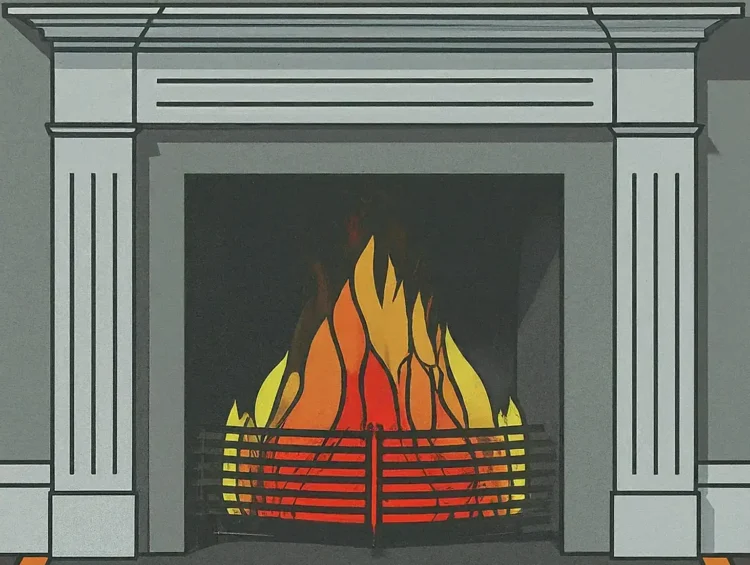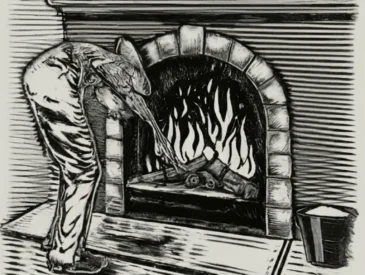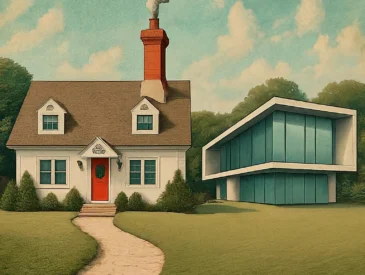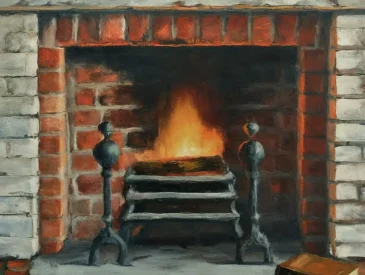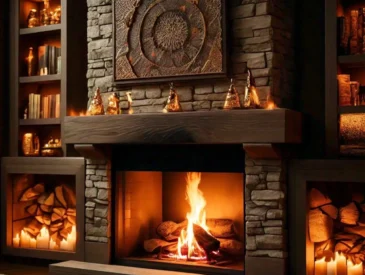A fireplace grate plays a crucial role in enhancing the function and efficiency of your fireplace. When it comes to selecting the right material,
it’s important to consider options that best suit your needs. Cast iron and steel are two popular choices for fireplace grates, each with its own set of advantages.
Cast iron grates:
Cast iron grates are known for their durability and affordability. They offer versatility in fuel options, allowing you to burn both wood and coal. When it comes to cost-effectiveness combined with longevity, cast iron stands out. However, not all cast iron grates are created equal. Opt for a single-piece cast iron grate for the best quality.
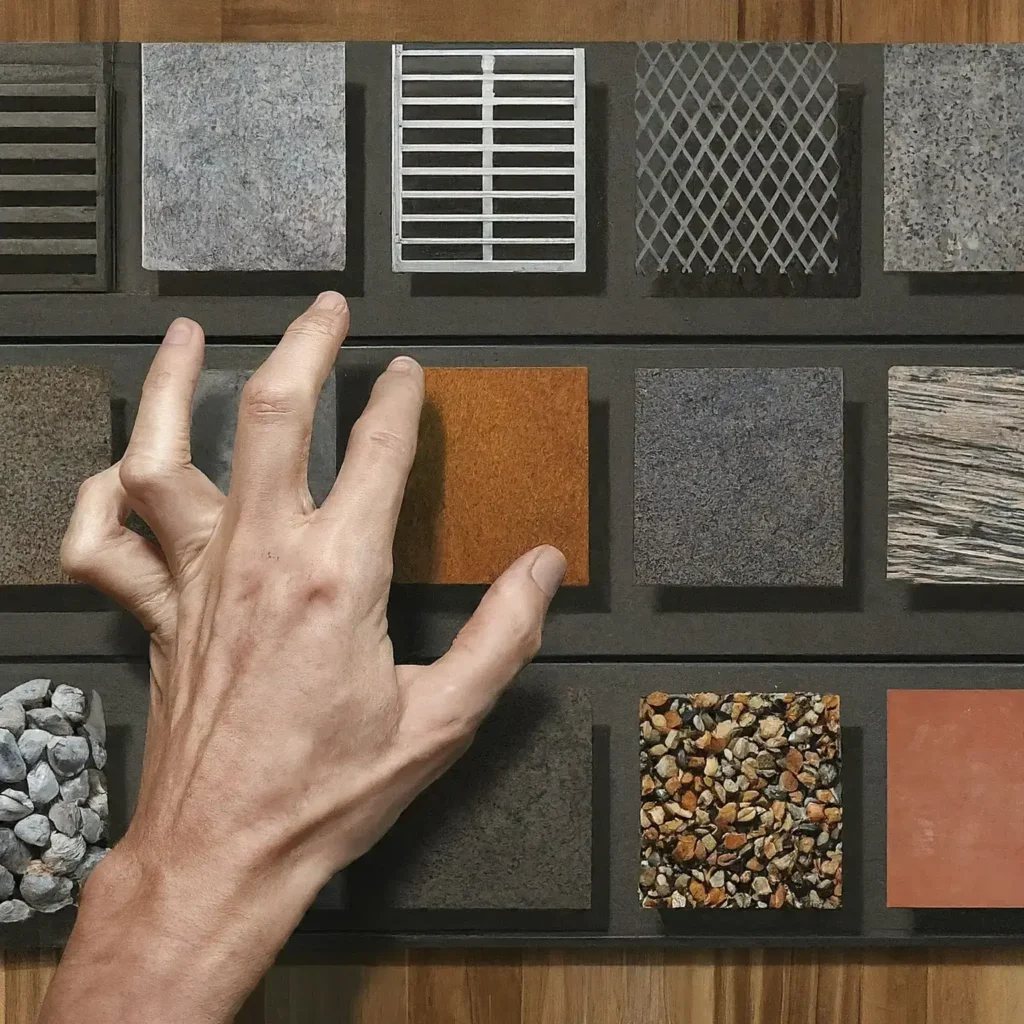
Key Benefits of Cast Iron Grates:
1. Fuel Versatility: Cast iron grates can efficiently burn both wood and coal, providing flexibility in fuel choices that steel grates may not offer.
2. Improved Cleanliness: The design of cast iron grates with closer-set bars elevates the wood or coal above the ashes, enhancing cleanliness. However, it’s worth noting that, due to the narrower spacing, embers may get caught, potentially affecting airflow.
3. Durability: Single-piece cast iron grates, constructed without welding the legs to the bars, offer enhanced durability. Their weight and sturdy build make them long-lasting with proper care.
Steel Grates: Steel grates are designed to improve airflow and allow embers to fall through easily. They come in various sizes to fit all types of fireplaces and offer a wide range of customizable designs to complement any interior.
When opting for steel grates, look for heavy-duty options, as lighter ones tend to be less durable.
Key Benefits of Steel Grates:
1. Improved Airflow: The spacing between steel bars allows embers to fall through more easily, enhancing overall airflow to your fire. It’s important to find a grate with bars that are not spread too far apart to prevent the wood from falling through.
2. Aesthetic Appeal: Heavy-duty steel grates often feature modern, subtle designs, providing a sleek and understated look compared to the heavier appearance of cast iron grates.
3. Versatile Functionality: Steel grates can be found with various features, like taller legs for easy kindling and ash buildup. They also come in different shapes and layouts, offering additional benefits such as self-feeding options.
Grates to avoid:
When making your decision, steer clear of the following types of grates:
1. Lightweight Grates: These have a shorter lifespan.
2. Steel Grates with Welding on the Bottom Edge: These tend to deteriorate faster at the joints.
3. Grates with Thin Bars: Thinner bars lead to faster deterioration.
4. Grates with a Cheap or Thin Coating: Again, this can result in quicker deterioration.
5. Short Grates: While acceptable for occasional use, they can pose challenges with ash buildup if you use your fireplace regularly.
Using a Fireplace Grate Outdoors:
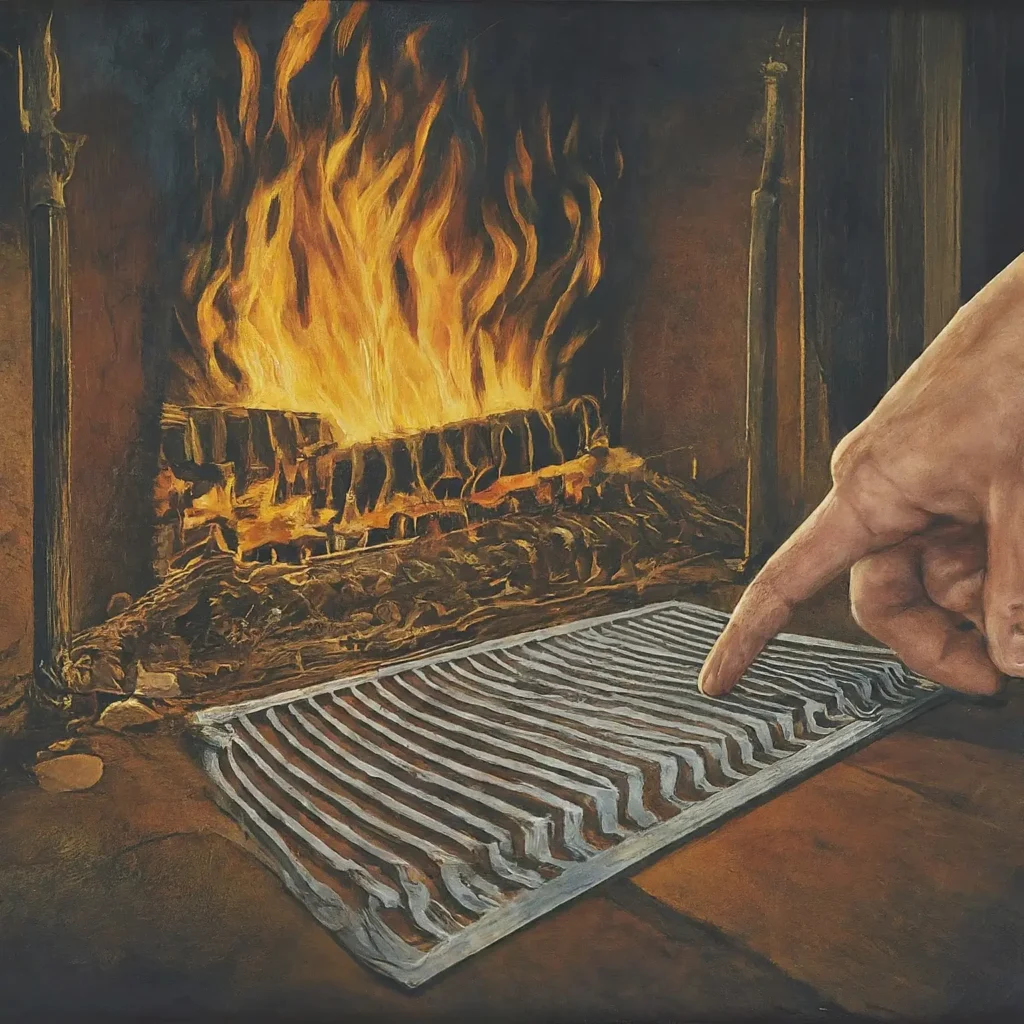
Both cast iron and heavy-duty steel grates can be used outdoors. However, heavy-duty steel grates are generally more resistant to the elements, making them ideal for outdoor use. Consider portability when choosing a grate for outdoor use, as heavier options may be less convenient for transport.
Selecting the Right Size Grate:
Ensure your fireplace grate has three inches of clearance on all sides for safety and optimal airflow. Choosing the correct size is crucial to prevent embers from flying out and to protect your fireplace surroundings.
By considering these factors, you can make an informed decision and select the perfect grate for your fireplace, enhancing both its function and aesthetics.

